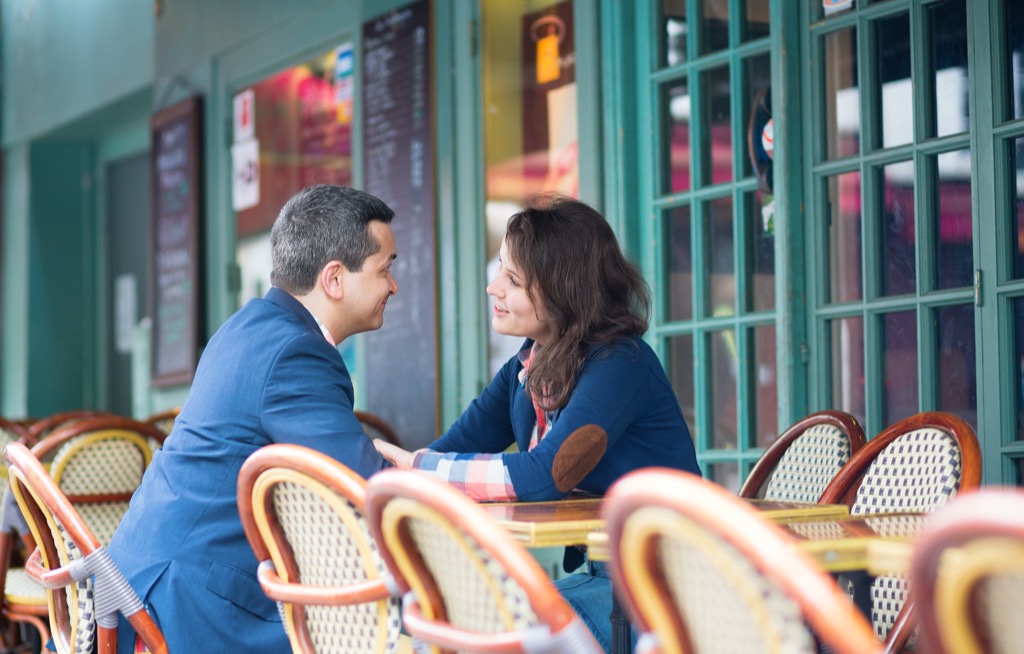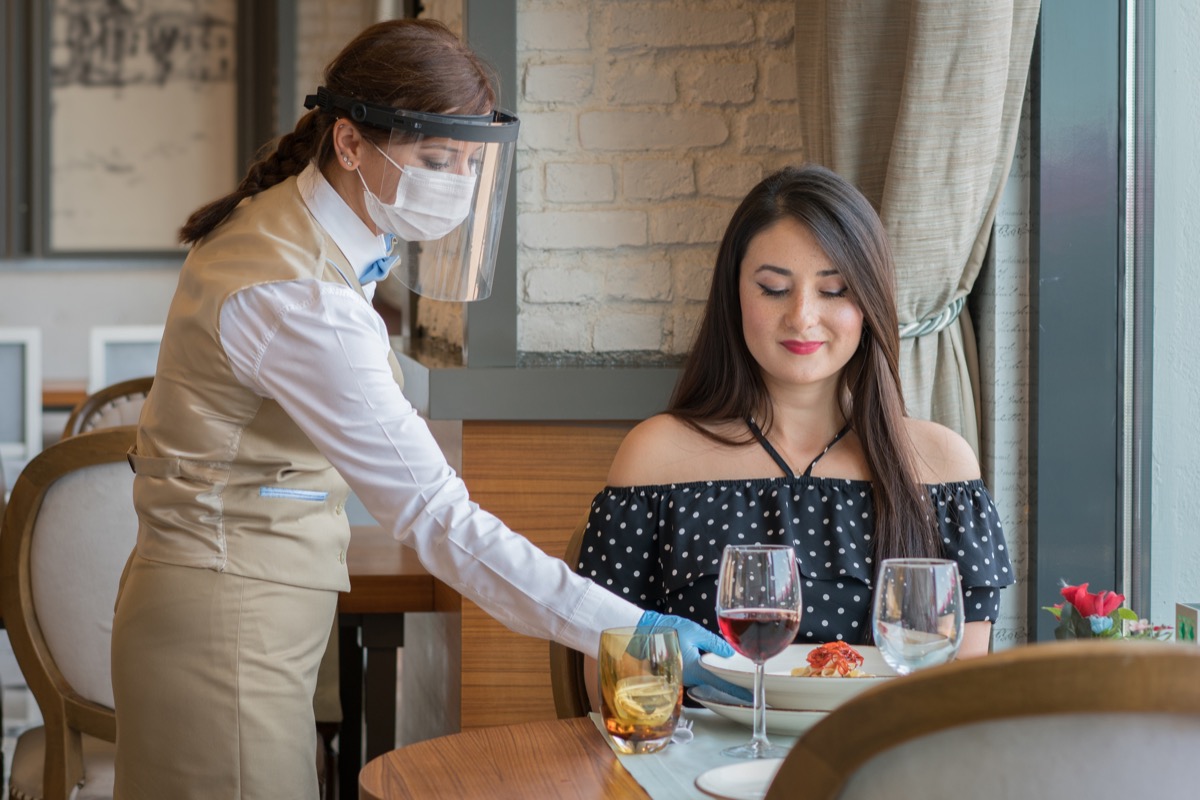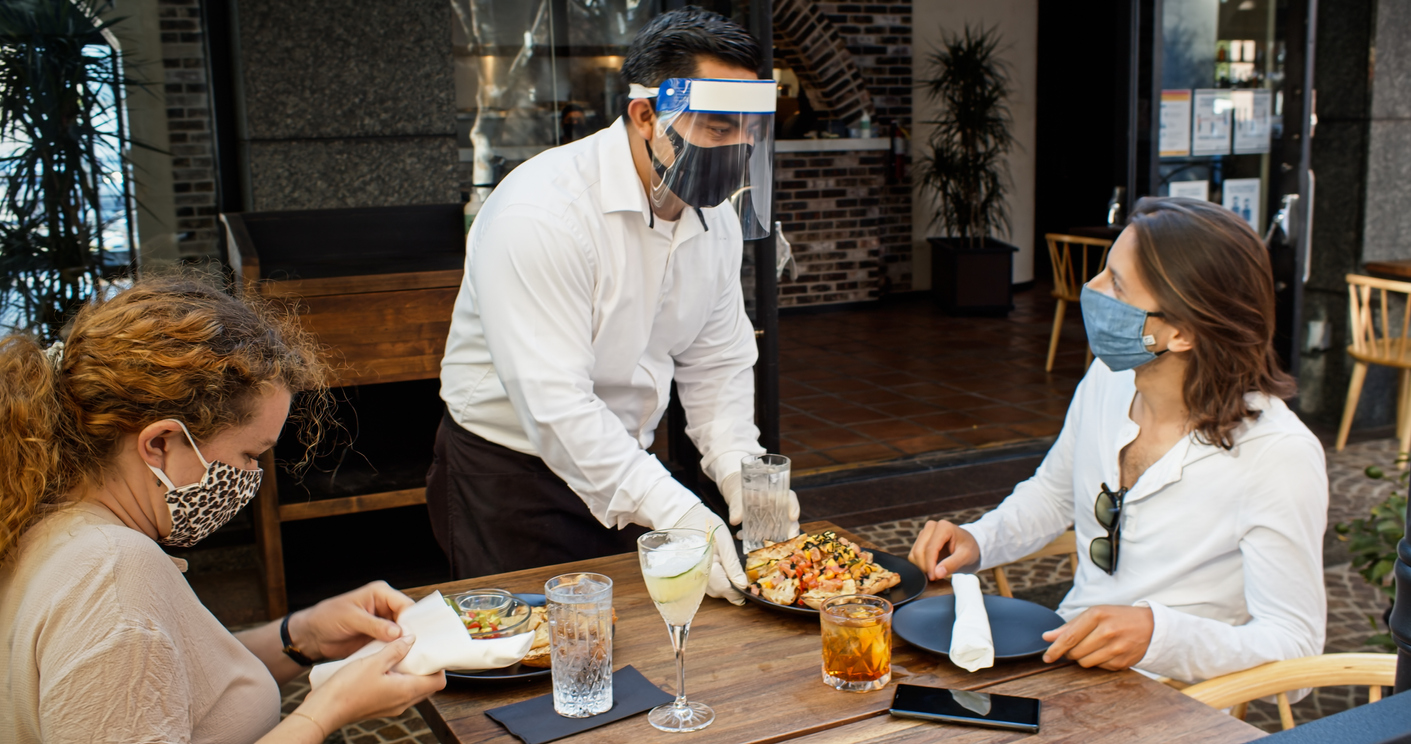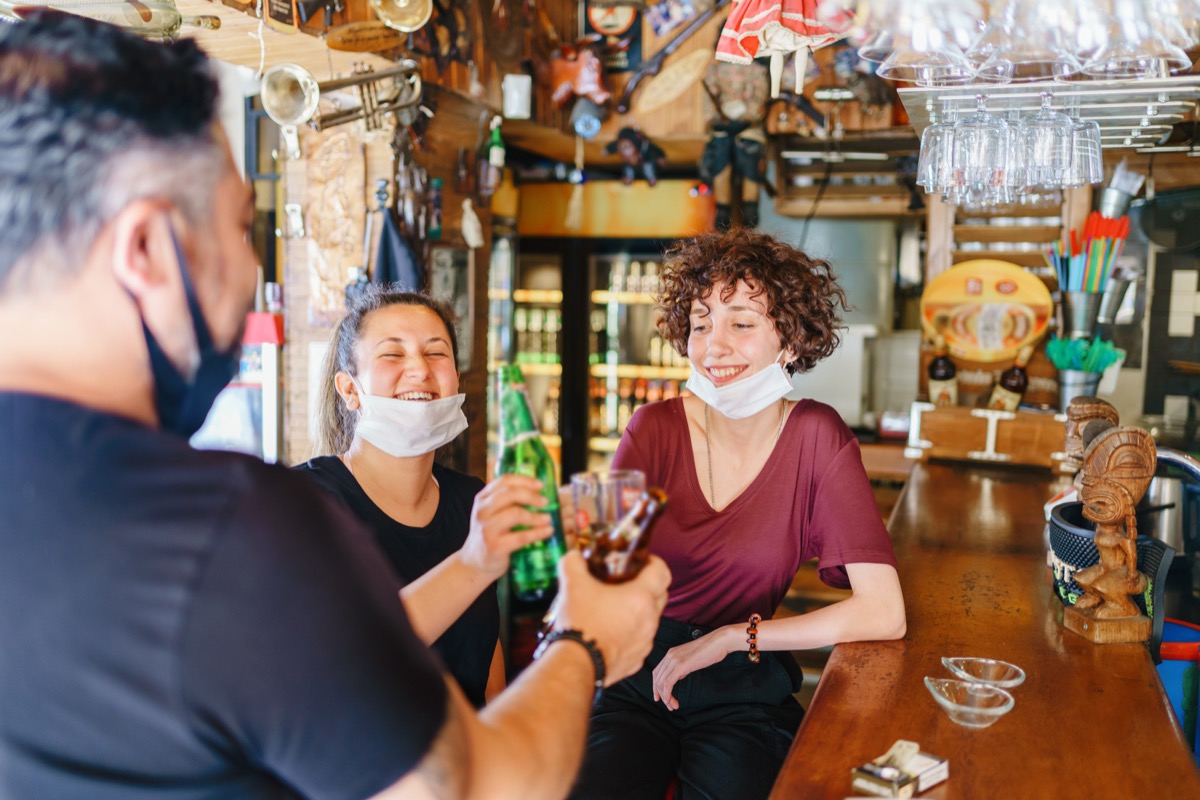A team of researchers from Riken and Kobe University in Japan used a diagnostic model run through a supercomputer to test how far infected particles would travel from someone speaking based on different factors, such as humidity levels in the air and what kind of face covering they were using. The results showed that clear face shields are almost completely ineffective at stopping the spread of coronavirus and that drier air with a humidity of 30 percent or under more than doubled the distance particles could travel. But the study also found that sitting down next to someone infected with COVID-19 was actually worse than sitting across the table from them, exposing them to a much higher viral load. The findings also upheld the now widely held theory that the virus could be spread through the air. The same model showed that opening windows to increase ventilation in classrooms and on crowded public transportation drastically dropped the number of droplets that lingered in the air. But there’s more than one way to be exposed to coronavirus while dining out besides sitting down next to someone who is shedding the virus. To see what else you can do to keep yourself safe while dining out, keep reading. And for more on what you should be eating to lower your chances of getting dangerously sick, check out Lacking This Vitamin Is Putting You at Severe COVID Risk, Study Says. Winter is coming, and that means there are only so many places and so many days that make it possible to comfortably have a meal on a patio or sidewalk. But according to the Centers for Disease Control and Prevention (CDC), opting for a table outdoors drastically reduces your chances of being infected. And for more on how risky restaurants can be, check out 40 Percent of COVID Patients Went Here Before Getting Sick, CDC Says.ae0fcc31ae342fd3a1346ebb1f342fcb While the CDC guidelines state that indoor dining is a higher risk factor than taking your food to go or moving your table outdoors, it’s still an acceptable risk level in some cases if there is little spread in your neck of the woods. But the fact that customers can’t wear their masks while eating or drinking means that social distancing is especially important while eating indoors, so if tables aren’t spread apart or separated by dividers, move along to another eatery. And for more on the areas where it may be safe to eat indoors, These Are the Only States Where COVID Isn’t Surging. While it may be physically impossible to eat anything with a face mask on, experts still advise that you wear your PPE between courses to prevent the spread of particles into the air. This is especially true whenever your server approaches the table, as they’re exposing themselves just to come to check in on you. “What I do is I put it around my neck, then I can eat or drink, and then I can put it back up when you’re waiting for the waiter,” Anthony Fauci, MD, recently told Trevor Noah on The Daily Show." And if you’re curious about your risk factor, read about how This One Thing Can Predict If You’ll Have Severe COVID, New Study Says. Following the CDC’s golden rules of coronavirus safety means keeping at least six feet apart from others, especially when indoors. Even in restaurants that are taking the time to space out tables, high traffic areas such as host stands, takeout pickup stations, cash registers, and service counters can lead to throngs of people crowding together. If that’s the case, you might want to avoid entering that restaurant to begin with. No one likes a deafeningly loud restaurant. But according to multiple studies, the louder someone speaks, the more droplets they project out into the air. If you walk into a restaurant and hear a din of shouting, laughing, and conversations, it’s a sign that the space might be too full for its own good and that conditions might be too risky to hang around in. Besides, you can always take your meal to go! And for more on things in your immediate orbit that can be risky, check out COVID Can Live for a Month on These 2 Items You Touch Every Day.




